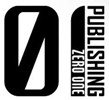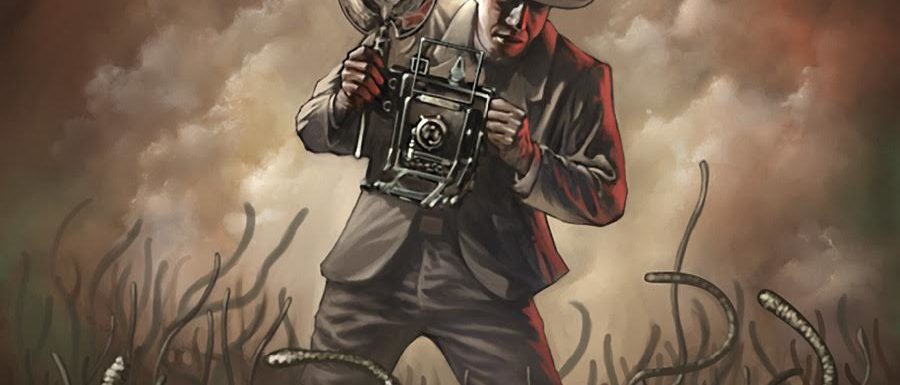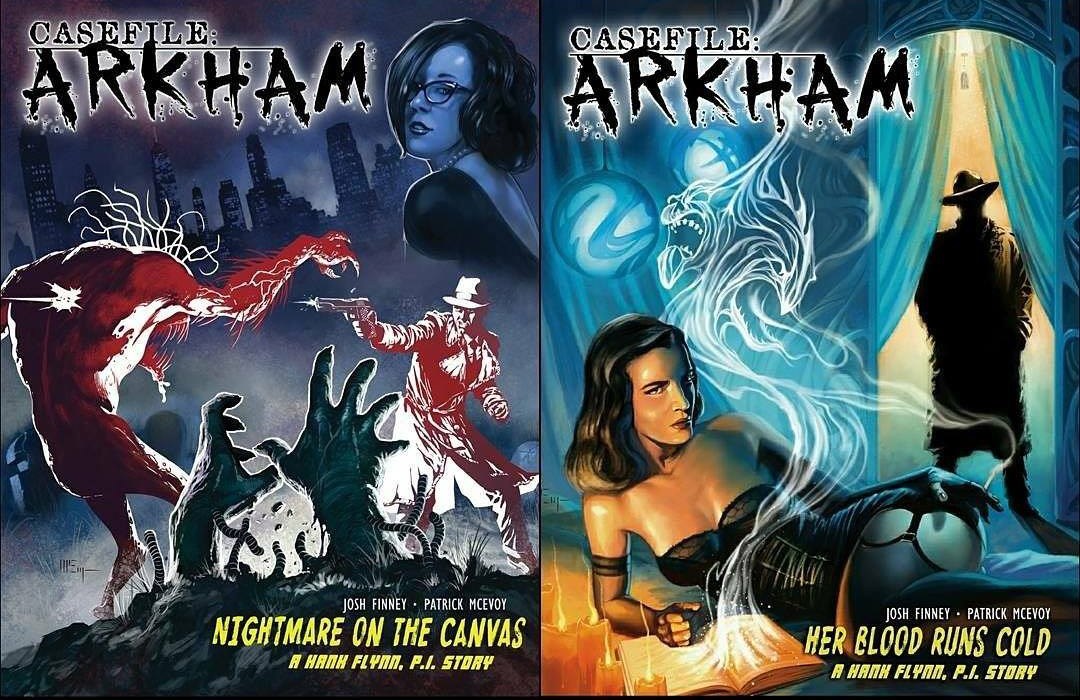Last month Black Aether Magazine, a Hungarian publication, sat down with Josh Finney and Patrick McEvoy to discuss Lovecraft, Casefile: ARKHAM, and creating comics. The interview was translated for the Hungarian audience but you an read the original English version on Josh Finney’s personal website – Making Comics, Writing Noir, & Fighting Around the World…
Below is an excerpt from that interview.
First of all, would you be so kind to introduce yourselves. How did you two meet and how many books/comics you have written/ altogether?
PATRICK: I’m Patrick McEvoy, an artist and art director. I’ve worked on lots of tabletop game art, comics (my most recent series was “Lost in Space: the Lost Adventures” from American Gothic Press), book illustrations, mobile app games, and even advertising.
So far Josh and I have done three graphic novels together. About nine years ago we were both working on books for a publisher called Archaia (which is now part of Boom! Studios) – Josh was doing writing and art for his book Titanium Rain and I was doing a contemporary-fantasy book called Starkweather: Immortal. We met at several conventions sitting at Archaia‘s booth, and struck up a friendship based on several mutual interests.
At some point later, Josh was working on a new book World War Kaiju, about a world where the Cold War was played out with giant monsters instead of nuclear arsenals. He called me to see if I’d like to do some monster designs for it. I liked the concept so much that I expressed interest in doing art for the entire book, and we began our collaborations.
In the words of Lovecraft “the stars were right”!
After that, we began to look for another project to do, and since I had done art for a number of Lovecraft-related projects in the past (including the “Call of Cthulhu” Collectable Card game, “Arkham Horror” board game, and the “Lovecraft Necronomicon Primer”, among others) it seemed a natural to work on an original Lovecraft-themed project together.
JOSH: I’m Josh Finney, author and occasional artist. I’ve written everything from cyberpunk, to horror, to neo-noir. I’m a scalding cup of coffee with an opinion. I get my best ideas while in a half-awake state. I’ve seen ghosts, spontaneous human combustion, and a UFO in broad daylight. One of those prior statements is not true. I publish prose under the name J. Ishiro Finney.
Casefile: Arkham is a true hard-boiled detective story, set in the universe of H.P. Lovecraft. Why did you chose to blend these two genres in a graphic novel?
JOSH: Before writing the first Casefile: Arkham I heavily researched both Lovecraft and the noir genre. Beyond reading the novels and watching the films, I dug deep into the histories of noir, horror, and H.P. Lovecraft. The critical “ah-ha” moment was for me was realizing both noir and cosmic horror were spawned from the same sociopolitical beast. Keep in mind, all those great noir novels that were made into films in the 1940s were written in the 1920s & 30s—the same era when Lovecraft was churning out his mythos. Like Lovecraft, those pulp noir writers of the era were responding to a rapidly changing world rocked by the Great War, the Depression, industrialization, and ultimately, the moral uncertainty that comes with “the death of God.” Wha
t is noir, if not good people struggling to get by in a dangerous, morally uncertain world? A world where nothing is as it seems. Or as Hank Flynn says in the second Casefile: Arkham, “Doesn’t matter if it’s a Sumerian God, or a two-bit hood with a gun in your back—it’s all the same.”
PATRICK: It’s surprising that this combination of Horror and Detective Noir is not explored more often. As you say, it usually works, and it works very well. I think that in our case, we blended in more of the Detective genre, and by placing our story in an appropriate era for both Lovecraft and Noir, we captured more of what makes them work together.
One thing we wanted to make sure of: some of the few examples of this combination have descended into parody or comedy. We didn’t want that AT ALL. There are a few smiles here and there but they are based on character situations, to heighten the suspense as Hitchcock would do, and never with tounge-in-cheek. (Do you have that phrase in Hungary? It means humorous irony in English idiom).
Are you both fans of the works of Lovecraft? If so, when did you meet with his writing and what impact did his works had on you as artists?
PATRICK: I’ve been a Lovecraft fan since my teens. I saw a used paperback collection of his short works (with a striking cover by Michael Wheelan) and from there read all of his works. When I was first starting my freelance illustration career, I was lucky enough to work on “Call of Cthulhu” for Fantasy Flight Games, and had a chance to put my love of Lovecraft’s world to use.
JOSH: Like a lot of children of the 80s , Chaosium’s Call of Cthulhu role-playing game was the gateway drug that hooked me on the Lovecraft Mythos. The art and writing of those old Chaosium products did such a wonderful job portraying the source material that it made you want to seek out the original stories. Now, decades later, I’m working with one of those amazing artists who brought the Chaosium games to life. Before Patrick was illustrating books like my Casefile Arkham, he’d produced a lot of the art seen in those old Chaosium games—Call of Cthulhu, Arkham Horror, etc.
Read the rest of the interview at JIshiroFinney.com



Comments are closed, but trackbacks and pingbacks are open.